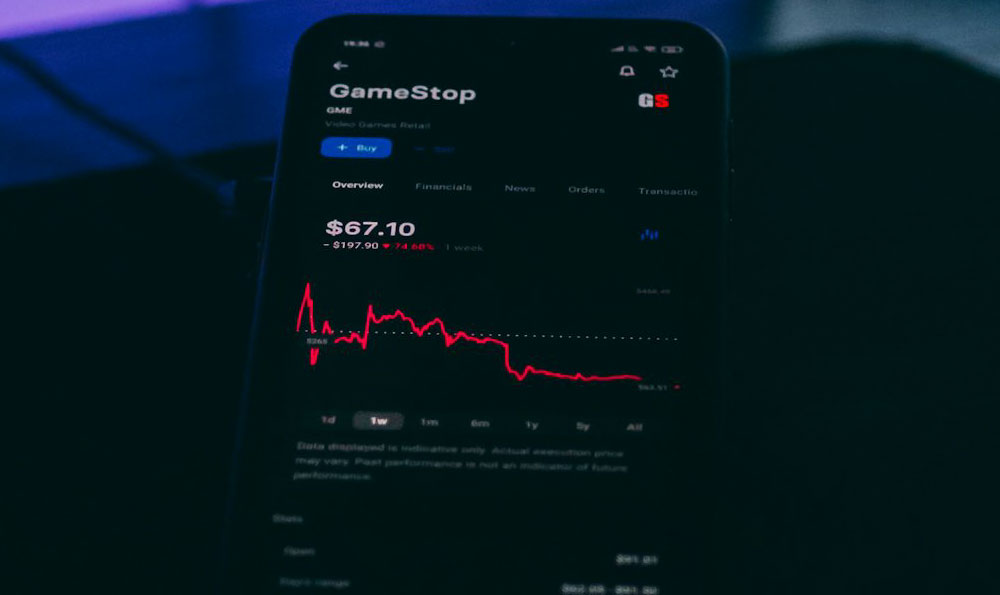Social media influencers have become pivotal players in the digital economy, shaping consumer behavior and bridging the gap between brands and their audiences. Their ability to monetize content goes far beyond mere advertising; it involves a nuanced understanding of audience engagement, market demand, and the evolving landscape of digital commerce. As brands increasingly prioritize authenticity and direct interaction with consumers, influences are not only creators of content but also strategic partners in marketing ecosystems. This dynamic interplay between creativity and commerce opens up a multitude of opportunities, yet it also demands careful management to ensure sustainable growth and financial stability.
At the core of an influencer's income strategy lies the concept of audience value. Platforms like Instagram, TikTok, YouTube, and YouTube are not just tools for sharing content but also marketplaces where advertising dollars are exchanged based on metrics such as follower count, engagement rate, and demographic reach. For instance, a beauty YouTuber with a dedicated audience of 1 million subscribers may command a higher rate for product reviews than a general lifestyle influencer with a similar following. This disparity is due to the niche alignment between the content creator and the brand’s target market, highlighting the importance of audience segmentation in maximizing earnings. However, the financial potential of an influencer is not solely dependent on their follower count; it also hinges on the depth of their connection with the audience, often measured through metrics like comment interactions, message response rates, and the ability to drive repeat engagement.
Brand partnerships represent one of the most lucrative avenues for influencers, particularly those with a strong brand identity. These collaborations often involve deals where influencers receive products for free, or in-kind compensation, to review or promote them. The value of these partnerships can be substantial, especially for micro-influencers who may offer more authentic engagement at a lower cost compared to macro-influencers. For example, a fashion influencer with a smaller but highly engaged following can command a higher price per post because their audience is more likely to trust their recommendations. Additionally, some influencers negotiate performance-based contracts, where they receive a percentage of the sales generated from their promotions, aligning their financial interests with the brand’s outcomes. However, the financial risks associated with brand partnerships include exposure to brand reputation issues and the potential for content to be perceived as inauthentic, which could alienate the audience.

Another critical strategy involves the monetization of content through platform-specific features such as affiliate marketing, sponsored content, and brand collaborations. Affiliation programs, for example, allow influencers to earn a commission from sales made through their unique tracking links, creating a symbiotic relationship between content creation and e-commerce. This model is particularly effective for influencers who can guide their audience through purchasing decisions without overtly promoting the product, thereby maintaining a balance between authenticity and commercial interests. Similarly, sponsored content allows influencers to integrate brands into their posts naturally, which can be more appealing to audiences than traditional advertisements. However, the financial risks here include potential audience backlash if the integration is perceived as forced or insincere, which can damage credibility and engagement metrics.
For influencers who have cultivated a loyal following, creating and selling their own products or services can provide a more stable income stream. This approach not only allows for greater control over their earnings but also enables them to diversify their revenue. For example, a fitness influencer might start by selling merchandise such as workout apparel, while a food influencer might launch a meal kit subscription service. However, this strategy requires significant investment in product development, marketing, and logistics, which could be a barrier for newly emerging influencers. Moreover, the income from such ventures may fluctuate based on market trends and consumer preferences, necessitating a strategic approach to product lifecycle management.
In the realm of digital finance, micro-influencers often paint a more accurate picture of the social media ecosystem. Their income streams are typically more diverse, as they may earn from multiple platforms and work with different types of brands, providing a buffer against the volatility of any single revenue source. Additionally, micro-influencers are more likely to engage in partnership opportunities that are not solely based on follower count, which allows for more personalized and effective marketing strategies. However, the financial challenges they encounter are also significant, as they need to balance the demands of content creation with the pressures of monetization, while also managing the expectations of their audience and the requirements of their brand partners.
In conclusion, the financial success of social media influencers is not solely determined by the number of followers they have but by their ability to create value through authentic engagement, strategic partnerships, and innovative monetization techniques. Understanding these strategies and their associated risks and rewards is essential for any content creator looking to build a sustainable income stream in the competitive world of social media. As the digital landscape continues to evolve, so too will the strategies that influencers use to monetize their content, making it a constantly changing field that requires adaptability, creativity, and a deep understanding of the audience and the market.












